Just a few years ago travelers were bragging about airplane miles. The 1,000,000 mile club was a prestigious label. But today, movements like “flight shaming” are changing the way we look at airline travel. And the fight against carbon emissions is becoming more serious than ever before.
*This post may contain affiliate links, as a result, we may receive a small commission (at no extra cost to you) on any bookings/purchases you make through the links in this post. As an Amazon Associate, we earn from qualifying purchases. Read our full disclosure
Activists, like Greta Thunberg, are inspiring the world to think about the environmental impact of flying and to rethink how they travel.
As full-time travelers, we spend a lot of time in the air and over the last few years we have become acutely aware of the impact this has on our own carbon footprint.
Should We Stop Flying Altogether?
The thought had crossed our minds, but we know that too many communities around the world are dependent on international tourism and advocating to eliminate flying altogether would have a detrimental impact on economies and livelihoods of people all around the world.
Over the last few years, we’ve become more and more conscious of flying and have done what we can to reduce our own impact and offset our own carbon emissions.
Many of you have asked, “how can I offset my carbon footprint”? So today, we wanted to share some helpful tips and advice for anyone looking to reduce their carbon footprint, minimize their impact from airline travel and find the best carbon offset programs.
Traveling Soon? Here is a list of our favourite travel providers and accessories to help get you ready for your upcoming trip!
What are Carbon Emissions?
The more we know about carbon and carbon emissions, the better equipped we can be to make a difference in the matter. So, what are carbon emissions and what is carbon dioxide – otherwise known as CO2?
Carbon dioxide (CO2) is part of the natural cycle of life. CO2 is released into the atmosphere in many ways. Animals and other living things breathe in oxygen and breathe out CO2. Plants synthesize CO2 and release oxygen back into the atmosphere in a beautiful, symbiotic relationship. For the most part, nature keeps most of these emissions in balance.
Unfortunately, nature is unable to balance out the emissions caused by humans. We burn fossil fuels, cut down forests, increase farming and add industrial processes that add CO2, methane and other greenhouse gases to the atmosphere.
The imbalance of gases and particularly of CO2 causes an impact on our atmosphere. Excess of CO2 prevents heat from escaping our atmosphere, creates unusual weather patterns, higher global temperature averages, and leads to climate change.
How to Reduce Carbon Emissions
There are two solutions to reducing carbon emissions:
- Reduce activities that cause carbon emissions in the first place
- Reverse the adverse effects of these carbon emissions by purchasing carbon offsets
The travel sector, specifically, accounts for 8% of global carbon emissions, but the biggest culprit for every traveler is flights.
Whether you fly once a year or hop on a place every few weeks, there are a few ways to minimize your carbon footprint of air travel.
- Fly Less: opt for holidays close to home and if traveling abroad, choose to get around by train or bus instead of a short-haul flight to get to your destination. After all, domestic flights have the highest airline carbon emissions per passenger per kilometre traveled.
- Fly Direct: choose direct flights, as the act of take-off and landing, emits the most greenhouse gases.
We can all do our part in trying to reduce our carbon emissions, but in today’s world eliminating all travel is an impossible challenge.
So how can you offset your carbon footprint?
Fly Carbon Neutral: Commit to carbon-neutral flying and reverse the effects of your carbon emissions by purchasing carbon offsets
What Are Carbon Offsets & What is Carbon Offsetting?
A carbon offset is a certificate representing the reduction of one metric ton of CO2 emissions. Carbon offsetting refers to buying carbon offsets to reduce your overall carbon footprint. This means you compensate for every one tonne of CO2 you emit by giving funds to help eliminate one tonne of CO2 in the atmosphere.
How are Carbon Offsets generated?
Carbon offsets are generated by capturing and destroying CO2 and other greenhouse gas emissions that would otherwise be emitted into the atmosphere.
Carbon offset projects do this by investing in activities all around the world that:
- Use clean, renewable resource to replace the use of fossil fuels (i.e. wind power), or
- Capture and store greenhouse gas emissions to prevent their release into the atmosphere (i.e. preservation of rainforest)
How to Use a Carbon Emission Calculator
Before you can purchase carbon offsets, you’ll need to calculate your air travel carbon emissions. You can do this by calculating the CO2 emitted as a result of every flight (as well as train, bus, car, etc) you have taken on your trip.
This is where a carbon footprint calculator can help. You can input specific information about your flight and understand your total flight footprint in metric tons of CO2.
For example, a one-way flight from New York City to London produces 1.66 metric tons of CO2, while a return trip from Los Angeles to Bangkok would produce over 3.6 metric tons.
How many trees to plant to offset carbon of flying?
In theory, a single tree absorbs anywhere between 10-40 kgs of CO2 in a year, so to offset a 1.6 metric ton of CO2 (the amount emitted during a one-way flight from NYC to London), you’d need to plant over 35 trees.
It is widely assumed that the best way to carbon offset for flights is to plant trees. But tree planting actually poses a number of issues, including limited availability of arable land compared to the number of trees needed to combat all CO2 emissions and the fact that its effect is not immediate. A freshly planted tree will need a few years of growth before it can start to absorb large quantities of CO2.
How to Purchase Carbon Offsets
Purchase from the Airline
Many airlines now offer an opportunity to purchase carbon offset for air travel during the ticketing process. For just a few extra dollars, you can offset your CO2 emissions per flight and make your flight carbon neutral by investing in carbon offset programs designed to reduce the effects of greenhouse gases.
It’s an easy and simple way to make your travel more eco-friendly, but in our opinion, it’s not the best way!
Purchase offsets from one of the Carbon Offset Providers
Instead of offsetting each individual flight, we calculate the total airplane CO2 emissions from our travels at the end of each year and buy carbon offsets from a reputable program.
In 2019, we offset 54 tonnes of CO2 emissions (150% of our calculated emissions), accounting for our flight and other transport throughout the year.
We feel that one large donation can do more good than several smaller ones and we wanted to make sure that the carbon offsetting programs we are donating to are incremental projects that would not be funded if it wasn’t for carbon offsets.
Of course, that is our philosophy, but trying to carbon-offset flights – no matter how it is done – is much better than merely ignoring the issue at hand.
What are the Best Carbon Offset Programs?
Searching through various carbon offset programs can be a challenging task as understanding the value of their offset projects can be rather confusing. So let’s look at a few popular types of projects.
- Renewables – These types of projects help with switching fossil fuel usage to a renewable energy source. Transferring to wind, solar, and water-powered energy systems is more environmentally friendly and sustainable.
- Energy Efficiency – These programs make our energy usage more efficient to reduce carbon footprint.
- Tree Planting and Reforestation – Attempts are made to replace trees that have been cut down to replace forests. Trees absorb CO2, and having more around can help our planet move more towards carbon neutral.
- DIY Offsets – If you can’t find any carbon offset programs that meet your satisfaction, then you can choose your own carbon offset project. In a nutshell that means that you can donate to any programs that you believe is making a difference in reducing carbon footprint emissions. They may not be official carbon footprint programs, but they are helpful nonetheless.
After spending many hours scouring the web for the best carbon offsetting companies, we found a number of programs that offer flying carbon footprint offsets. These are some of our favourites.
Cool Effect
Of all the programs on this list, we choose to carbon offset flying via Cool Effect, an organization with a mission to reduce carbon emissions. More than 90% of each dollar donated to their programs goes directly to helping the projects, with a small fee of less than 10% to help cover credit charges, research, and possible registration fees.
With Cool Effect, you can carbon offset travel by investing in a number of CO2 reducing projects in destinations ranging from Africa to Asia. All projects featured on the site meet high carbon offset standards and are analyzed, and scientifically verified to reduce carbon emissions. You can invest in regenerating forests in Mexico, protecting orangutans in Indonesia, or installing healthy stoves in third world countries. Once their goal is met for a particular project, their site offers updates on actions taken.
We particularly like that with Cool Effect we can choose what projects we want to support and in what countries. This year, when we offset our 2019 air travel carbon footprint, we choose to invest in the countries that we have visited on our travels, particularly Indonesia and Uganda, as a way to give back to the environment that we may have polluted during our visit there.
Gold Standard
Boasting over 1700 projects in over 80 countries, Gold Standard is another excellent organization that offers carbon offsets. Gold Standard offers to carbon offset your flight by investing in different types of offset projects, including biogas, water filters, cookstoves, wind, and forestry. There are lots of countries to choose from and you can be sure that you are purchasing Gold Standard carbon offsets, the best in the industry.
Gold Standard also helps companies certify their projects to ensure that the outcomes of their programs can be effective in reducing carbon emissions.
MyClimate
MyClimate is a Swiss Non-Profit Organisation that offers high-quality carbon offsetting projects worldwide and works to promote quantifiable climate protection and long-lasting development. Their projects reduce emissions by replacing fossil fuel sources with renewable energies and by implementing energy-efficient technologies. Only Gold Standard carbon offsets are supported and MyClimate guarantees that at least 80 percent of offsetting payments will be used directly in climate protection projects.
The website offers a great carbon offset calculator that includes a flight carbon calculator as well as car, cruise, footprint, household and events calculators.
When choosing to offset your carbon footprint of flying you can support international projects and sustainable development worldwide, or select a specific region or project for your CO2 offset.
TerraPass
Their mantra is to “restore the balance,” which essentially means to reach a carbon-neutral status. TerraPass helps both individuals and businesses reduce their carbon footprint, and they try to encourage less waste, creation of local jobs and cleaner air.
Terra Pass offers US-based programs and allows you to offset emissions by purchasing bundles, like the Personal Monthly/Yearly offset Bundle, Eco-Tourist Bundle or Renewable Energy Credits. They also have an offset calculator to help you calculate not just your air travel CO2 emissions but also emissions associated with your home and day to day life.
NativeEnergy
NativeEnergy helps individuals and businesses reduce carbon emissions. NativeEnergy has worked with many notable organizations/brands like Ben & Jerry’s, Green Mountain Coffee Roasters, and Clif Bar to develop solutions to their sustainability challenges and implement community-scale projects that reduce greenhouse gas emissions and have an overall positive impact on their communities.
Their website features a simple “calculate my carbon footprint” feature that includes travel, events, and home calculator. Their carbon offset options include one time purchases or monthly/quarterly/annual subscriptions. You do not get to choose what projects your offsets are supporting, but they usually help build clean energy and promote sustainable development of communities around the world.
Other Airline Carbon Offset Programs
There are dozens of other airline carbon offset programs and many of them offer similar benefits and carbon offsets for travel and for home. If you come across a carbon offset program that isn’t listed here, consider the following questions to help you evaluate its validity.
- Is the company transparent in their presentation of their programs?
- Are they certified as a carbon offset program?
- Is the impact of their programs measurable?
- Are the carbon offsets audited?
- What % of the donations go to the projects vs admin costs?
- Do they offer an opportunity to choose specific projects and follow up with the progress of those projects?
Where Does Carbon Offset Money Go?
Highly rated carbon offset programs promise that more than 80-90% of the funds donated to an offset project will go directly to support the initiative. These typically include projects that help reduce CO2 emissions or those that help increase reforestation efforts around the world.
How much does it cost to offset carbon?
The cost of carbon offsets for flights and other emissions varies from program to program. Prices range from as little as $5/tonne to $20/tonne, with most carbon offset credits available for around $10-15/tonne of CO2.
What Else Can Be Done?
Flights emit a lot of carbon, and using a carbon footprint calculator to offset carbon emissions is fabulous! But there are other ways that you try to live a carbon-neutral life while on the road and at home:
- Consume more fruits and vegetables, and eat less meat. Meat production and processing account for 14.5% of manmade carbon emissions around the world.
- Don’t purchase fast fashion products – inexpensive, cheaply made clothing, that contribute to landfills and lead to increases of CO2 usage in the manufacturing process.
- Wash clothes in cold water and/or don’t wash them as often.
- Buy less stuff, and if you must go shopping, carry a reusable bag and avoid plastic.
- Switch all your lights to LED or efficient bulbs and make sure to turn them off when you leave the room, and unplug your devices once they are charged.
- Walk more while you are on the go, and use public transportation when it is available.
- When flying, try to fly nonstop and in economy class. Business and first-class are responsible for 3-9 times more carbon emissions. We don’t even want to think about having to take a carbon offset flight as a business class passenger!

Final Thoughts: Does Carbon Offset Work?
While there are many companies offering carbon footprint offset options, the jury is still out on how effective these projects are in the long run. Are carbon emissions able to offset? The short answer is that we don’t know, but doing something to help the planet has to be better than doing nothing. At least we hope so!



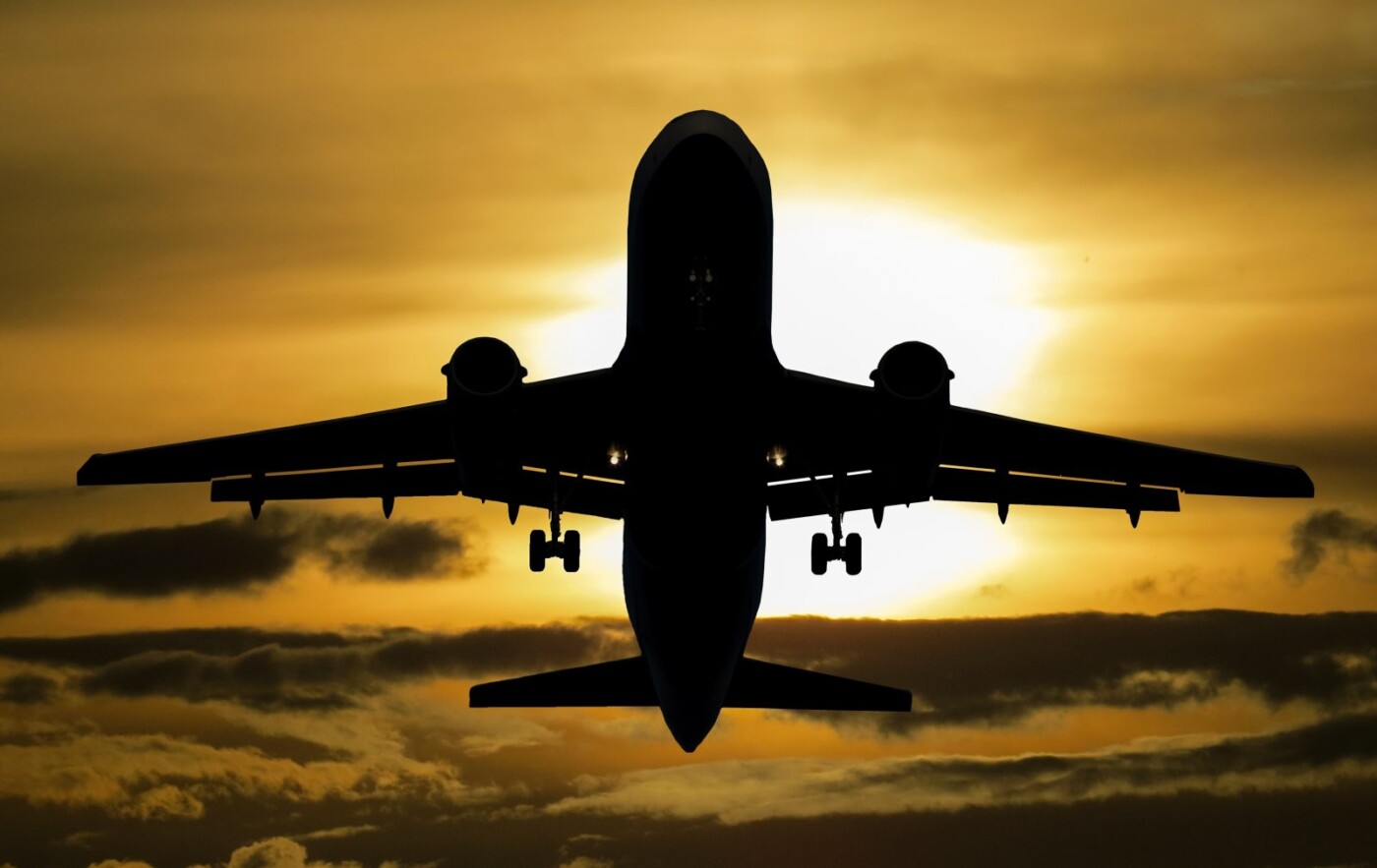

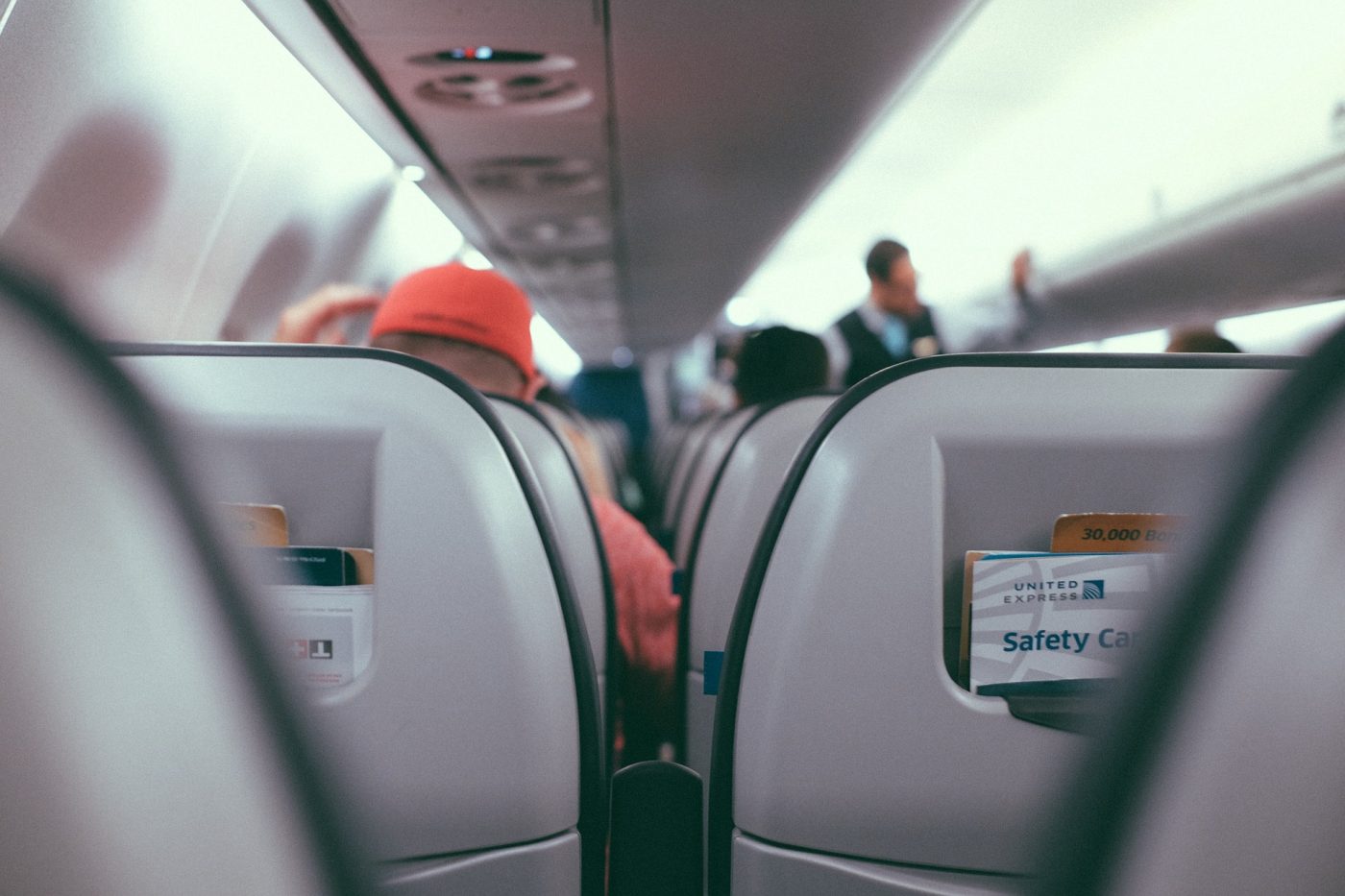
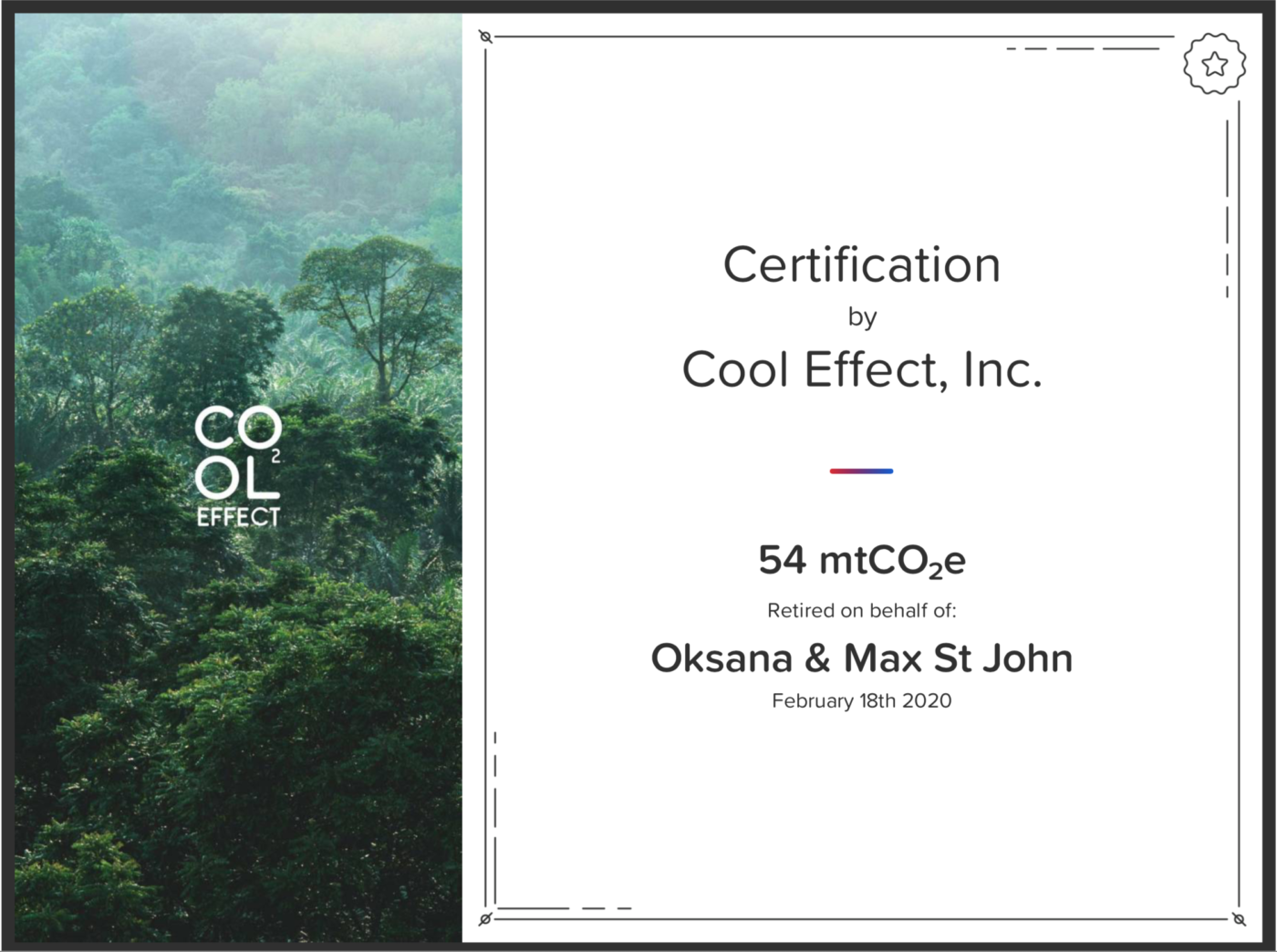
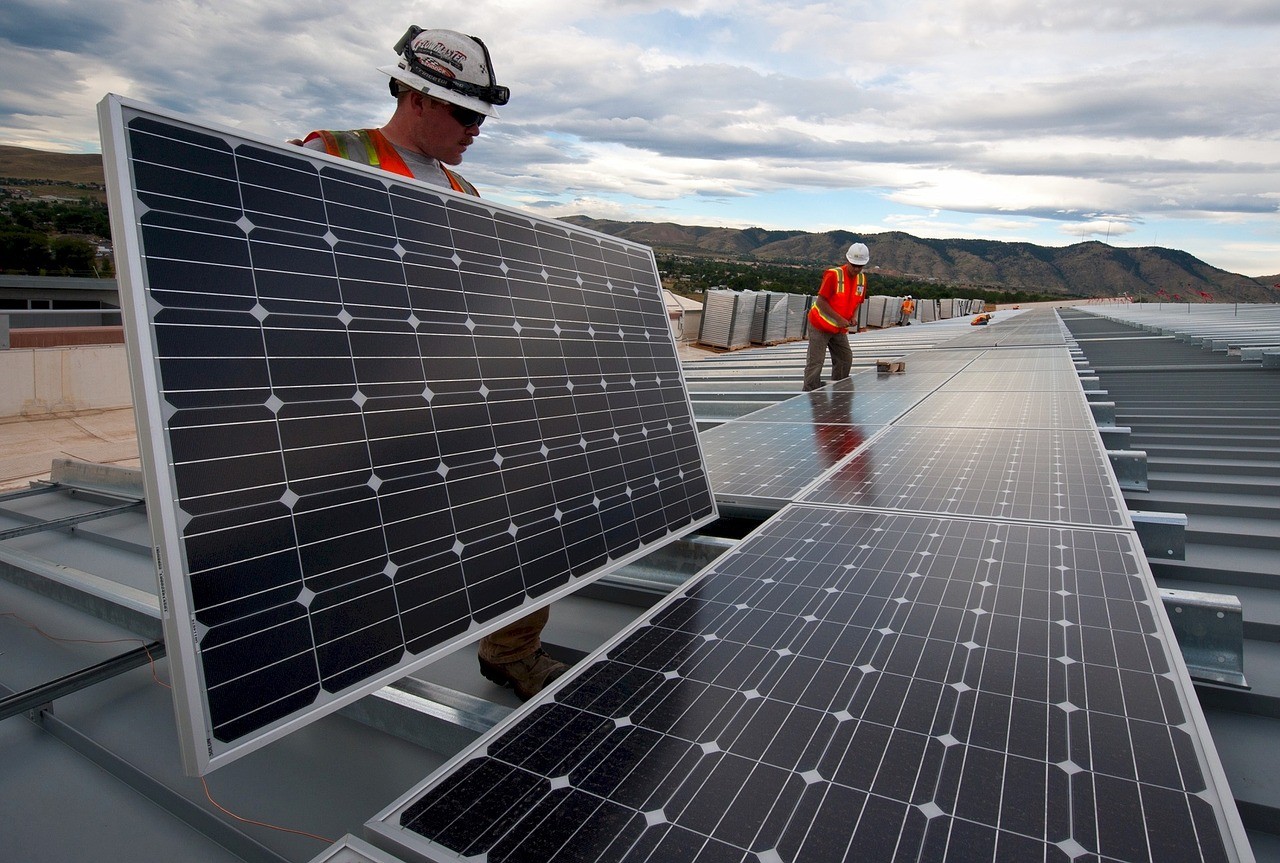
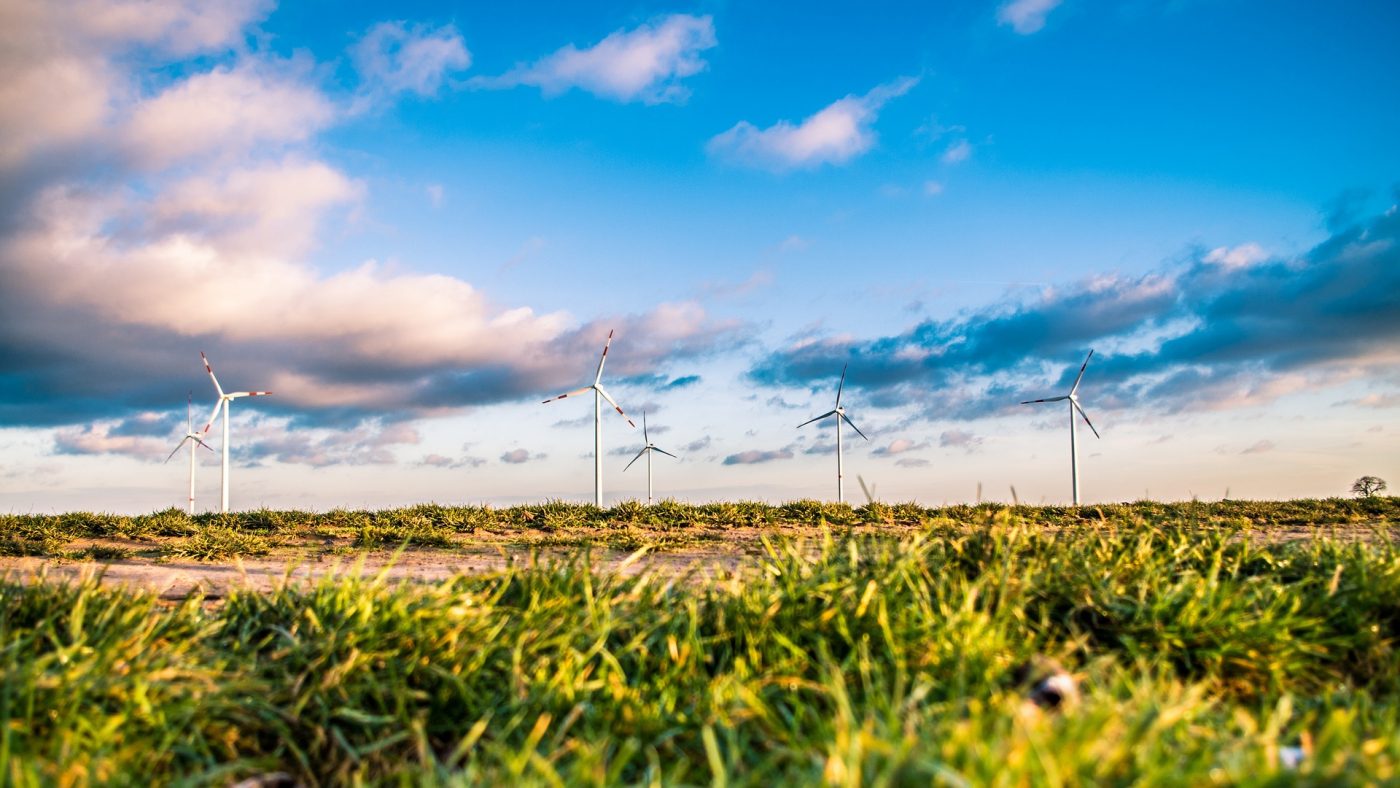

Great article. Here is an idea for a post, moovie or similar: Natural mimicking forestry system such as used in Slovenia is a good idea how to prevent carbon emisions. It should be promoted worldwide. Basics: no clearcuts, almost no planting but only natural regeneration (selecting trees to be cut by a forest ingeneer opens spaces where young preexisting trees get light and start to grow), only natural tree species, mixed forests, care for wildlife as a part of ecosistem. Permanent cover forestry. Balance between economy and ecology. Kind of organic forestry . Sadly noone promotes it despite 70 years of proven ptactice. Just an idea, good practice.
What a great article. I love traveling as well and try to do it in the most eco-friendly way. I’ve been asked on occasion why not just give up flying altogether. While this would certainly help carbon emissions, as you said, it would limit tourism. So many countries rely on tourist traffic for their livelihood. I mean– look at much Italy is struggling right now. I wondered if the carbon offsets sold via the airline actually went to the correct places so I am thrilled that you left your favorite carbon offset programs! I can’t wait to do my own research.
Glad you found this useful. Hope you found some carbon offset programs that resonate with you.
Thank you so much guys for this article!! It was very helpful and resourceful. I love to fly back adn forth from the states to Central America and this definitely gives me some great tips to avoid the carbon 🙂